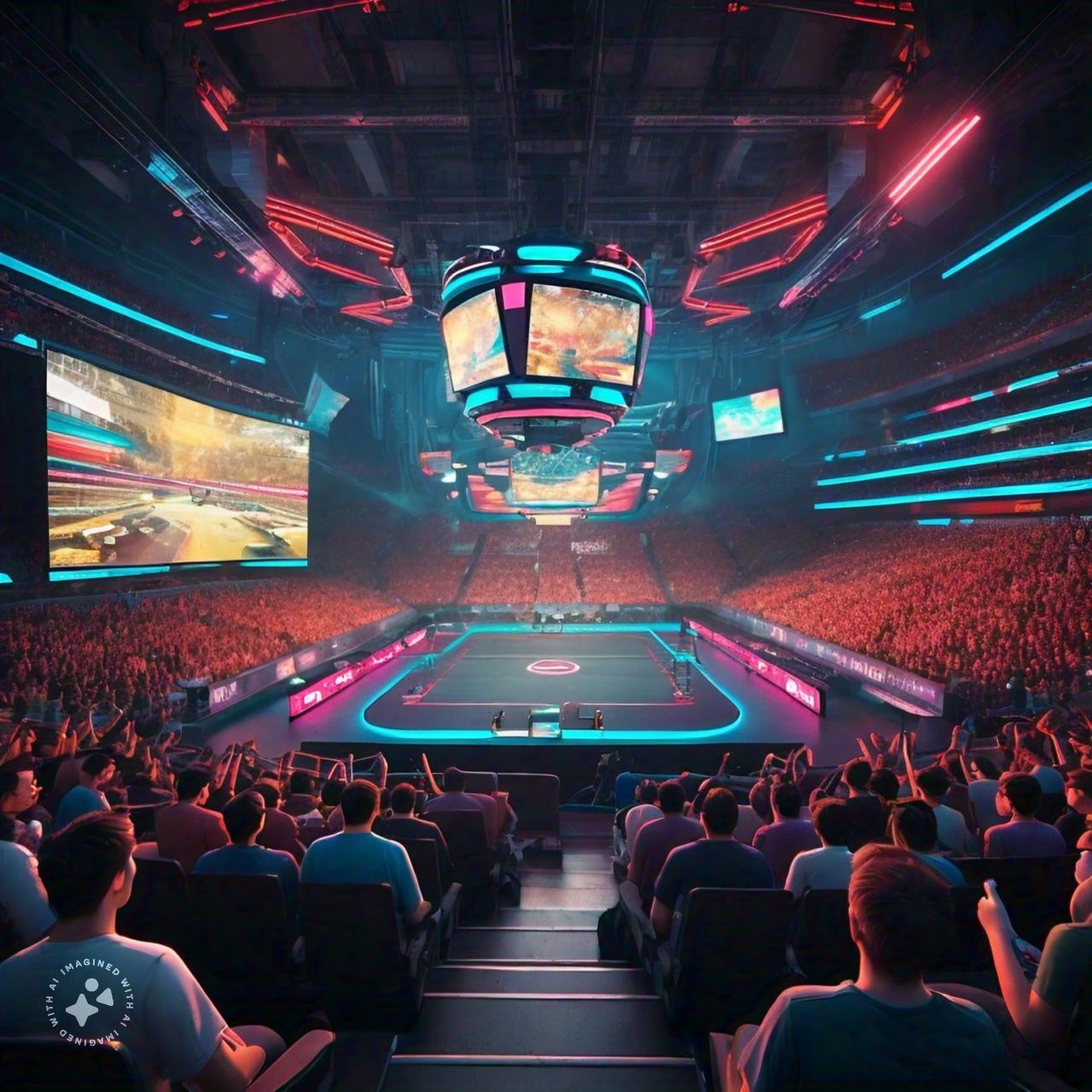The Evolution and Impact of Animation in Modern Entertainment Leave a comment
Animation has evolved significantly since its beginning transform from basic hand drawn sequences to sophisticated computer generated imagery (CGI). In the circle of modern entertainment the animation occupies a vital role to influence various sectors including film, television, online content and other stuff. The purpose of this article is to provide the information regarding the role of animation in attractive entertainment to highlighting its impacts, advancements and future potential.
The Evolution of Animation
Early Beginnings
The journey of animation began with simple hand drawn frames brought to life by pioneers like Winsor McCay and Walt Disney. Early animations such as “Gertie the Dinosaur” and “Steamboat Willie” capture audiences with their novelty and charm. These ground breaking works laid the foundation for a burgeoning industry that would continually push the boundaries of storytelling and visual artistry.
Technological Advancements
The transition from traditional hand drawn animation to digital techniques revolutionized the industry. The advent of CGI starts in a new era to enable animators to create intricate realistic worlds and characters. Landmark films like “Toy Story” and “Shrek” showing the capabilities of CGI to set new standards for quality and creativity. The continuous development of animation software and hardware has further expanded the possibilities which allow for greater detail, fluidity and complexity in animated productions.
Animation in Film
Feature Films
Animation has become a dominant force in the film industry with the animated feature films often achieving critical and commercial success. Studios like Pixar, DreamWorks and Studio Ghibli have produced iconic films that resonate with audiences of all ages. Movies such as “Finding Nemo” “Frozen” and “Spirited Away” not only entertain but also convey profound messages and emotions. The versatility of animation allows filmmakers to explore diverse genres from fantasy and adventure to drama and science fiction.
Short Films
Animated short films are typically shorter in duration to hold significant artistic and cultural value. They serve as a platform for experimentation and innovation to often pushing the boundaries of traditional narratives and techniques. Shorts like “Paperman” “Bao” and “Hair Love” have gained fame for their unique storytelling and emotional depth. These projects open the ways for new talent and ideas to contribute the evolution of the animation industry.
Animation on Television
Children’s Programming
Animation has long been a staple of children’s television which offer engagement and educational content. Beloved series such as “SpongeBob SquarePants” “Peppa Pig” and “Avatar: The Last Airbender” impress young audiences with their vibrant visuals and compelling stories. These shows often incorporate valuable lessons and positive messages to nurture the cognitive and social development in children.
Adult Animation
In recent years there has been a growing trend of animated series targeting adult audiences. Shows like “The Simpsons” “Rick and Morty” and “Bojack Horseman” tackle complex themes and societal issues through satire humor and drama. This shift has broadened the attraction of animation demonstrating its capacity to address mature subjects and engage viewers on a deeper level. Adult animation has become a significant segment of the television landscape to offer a unique blend of entertainment and commentary.
Animation in Gaming
Video Games
The gaming industry heavily relies on animation to create immersive experiences. Animated characters or environments effects are integral to the gameplay and storytelling of modern video games. Titles like “The Legend of Zelda: Breath of the Wild,” “Red Dead Redemption 2” and “Overwatch” showcase the sophistication and artistry of game animation. Advanced motion capture and rendering technologies enable developers to produce running movements and expressions for enhancing player engagement and emotional investment.
Mobile Games
Mobile gaming has also benefited from advancements in animation with countless apps featuring high quality animated graphics. Games such as “Angry Birds” “Clash of Clans” and “Candy Crush Saga” utilize animation to attract and retain players. The accessibility and convenience of mobile games are combined with impressive visuals contribute to their widespread popularity across diverse demographics.
Animation in Advertising
Commercials
Animated commercials are effective tools for brands to communicate their message creatively and memorably. Animation allows advertisers to present abstract concepts to visualize products and evoke emotions in ways that live action may not. Iconic campaigns like Coca-Cola’s polar bears and Apple’s animated product ads exemplify the power of animation in marketing. By leveraging animation the brands can engage viewership which makes differentiate between themselves and build strong brand identities.
Social Media Marketing
The rise of social media has created new opportunities for animation in marketing. Short animated videos and GIFs are popular forms of content on platforms like Instagram, TikTok and Twitter. These bite sized animations capture attention quickly and are easily shareable to make them ideal for viral marketing. Brands use animated content to enhance their social media presence to convey messages succinctly and foster interaction with their audience.
The Future of Animation
Virtual Reality and Augmented Reality
Virtual reality (VR) and augmented reality (AR) represent the next frontier for animation. These technologies offer immersive experiences that blend the real and virtual worlds to open new avenues for storytelling and entertainment. Animated VR and AR content can transport users to fantastical ways or enhance their interaction with the physical environment. As VR and AR devices become more accessible for the demand of animated experiences in these mediums for expecting the grow.
Artificial Intelligence
Artificial intelligence (AI) is poised to transform animation production for making the process more efficient and innovative. AI driven tools can automate tasks such as character rigging, lip-syncing and background generation for freeing up animators to focus on creative aspects. Additionally, AI can analyze audience preferences and optimize content for maximum impact. The integration of AI in animation promises to streamline workflows to reduce costs and open new possibilities for artistic expression.
Conclusion
Animation plays a crucial role in modern entertainment for shaping the way stories are told and experienced across various media. From feature films and television shows to video games and advertisements, animation catching audiences with its visual interaction and storytelling prowess. As technology continues to grow the potential for animation to innovate and inspire remains boundless. Whether through traditional techniques or cutting edge technologies the animation will continue to be a driving force in the entertainment industry for making memorable experiences for generations to come.

om Crew, an expert in entertainment, brings extensive expertise and experience to his writing. As a distinguished author, he offers readers captivating insights and behind-the-scenes looks, blending his deep industry knowledge with engaging narratives that entertain and inform.




















